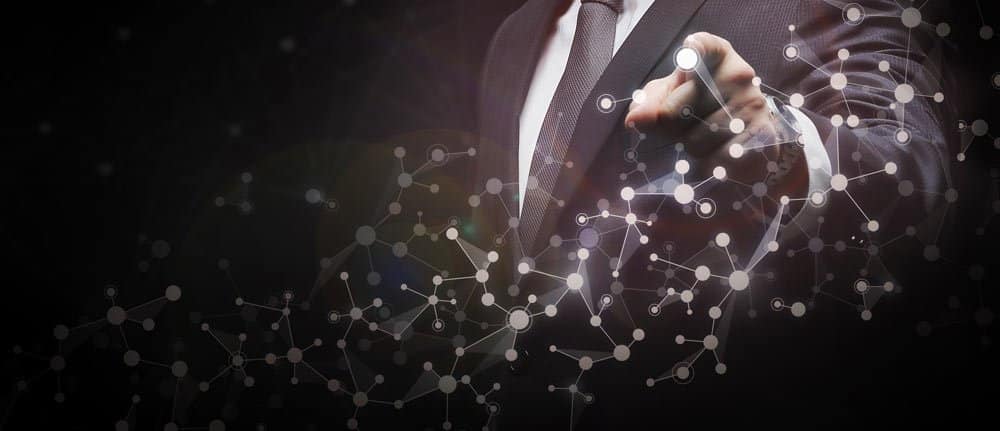The failed Turing test


Man is not a machine and the computer is not a thinking system. But to what extent can a computer simulate human thinking? Can a machine be intelligent?
These questions have preoccupied artificial intelligence research for many decades: not only how, but also whether now the machine can finally be called intelligent.
Alan Turing developed a simple test for this purpose. A human starts a dialog by means of keyboard and screen. He tries to solve the riddle of who is answering. The invisible counterpart tries to convince the human that the interlocutor is also a human.
The print edition of Der Spiegel 14/2017 stated on page 19:
"When machines will achieve human-like intelligence is debatable, maybe in 20 years, maybe in 100, but most researchers think it's possible in principle."
All wrong! Machines will never reach human-like intelligence - not in 20, not in 100 and not in 1000 years. Google provided the proof at the beginning of 2016 and it can be repeated at any time with a "failed" Turing test.
Last year, Google organized a Go tournament: a Google-designed machine competed against the world's best Go player.
It was not a classic computer, which is commonly referred to as a universal machine and generally masters word processing, drawing programs and calculation equally well. Nor was it a supercomputer programmed with ingenious algorithms that, like a chess computer, calculates millions of moves in the shortest possible time, bringing its opponent to his knees.
Supercomputers, even equipped with the very best algorithms, are only mediocre Go players. The board game with the black and white pieces is many times more complex than chess.
Google entered the competition with a machine that is also called a neural network. AI's machine or deep learning is largely based on neural networks.
In principle, this is a rather simple construct. The electronic network is modeled on our much more complex brain. It consists of millions of nodes and edges that connect these nodes.
The neural network of the Google Go machine has been playing against itself around the clock for months (Deep Learning) and has thus independently found the best and newest Go paths - similar to what Dr. B. does in the chess novella by Stefan Zweig.
At the beginning, only the correct moves were available to the Go machine. Dr. B., out of desperation, stole a book with the collection of famous chess games. The machine played against itself, just as Dr. B. played chess against himself.
In the end, the Go machine won four out of five games against the reigning Go world champion last year. Dr. B. defeats the reigning world chess champion in the chess novella by Stefan Zweig.
In the context of a Turing test, a Go player could talk to Google's Go machine: He would quickly determine that his invisible counterpart must be an excellent player, perhaps even the best - but it would be just as easy for him to determine that his counterpart is not human!
The Go machine is too intelligent! The machine does not play at the level of the best human Go player, but far beyond. Observers of the Go tournament stated that the machine made moves that no human would ever make, that are not found in any Go literature - and yet the machine emerged victorious.
So the self-learning neural network didn't bother to become as good as the best player, but started right away to leave the traditional Go knowledge behind and set off into new worlds.
Thus, in the Turing test, it is easy to expose the machine as a machine. However, this also means that Deep Learning will never achieve human-like intelligence, but will override it without much fuss.
Human intelligence as an insignificant intermediate step to true artificial intelligence - a prophecy formulated many years ago by Jürgen Schmidhuber, currently the most famous AI researcher.






